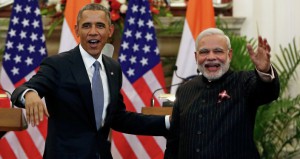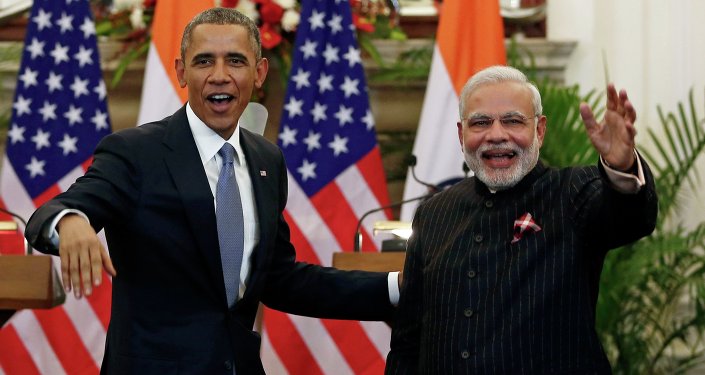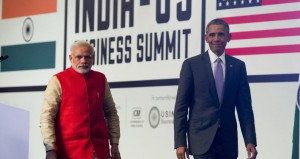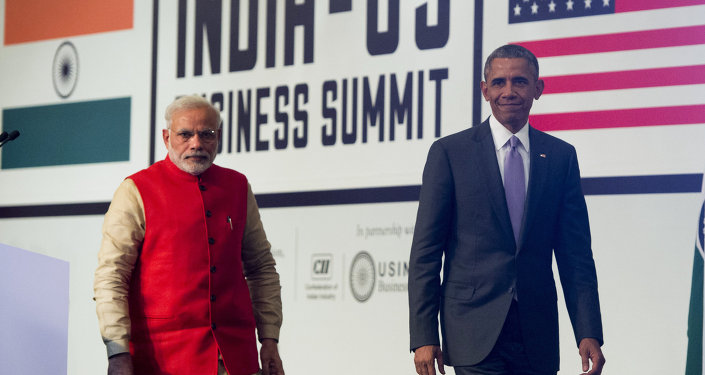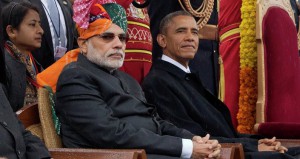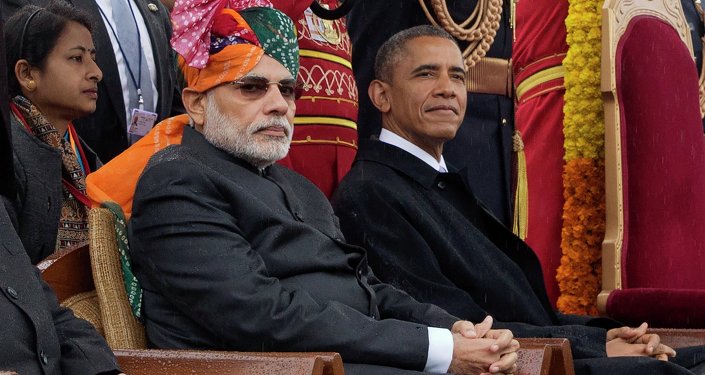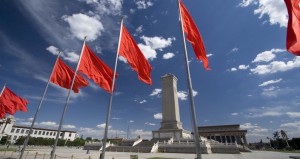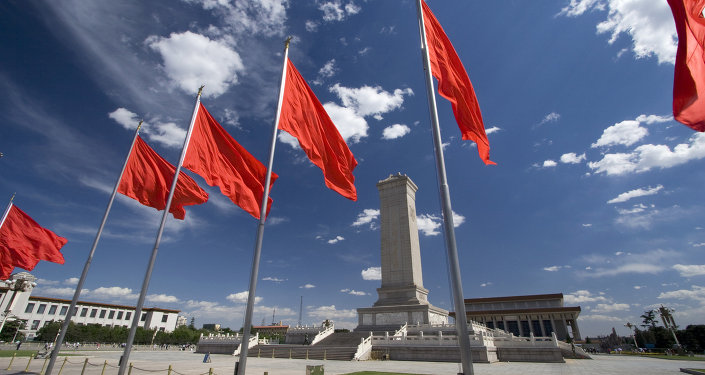President Obama just concluded his landmark visit to India, having been the first US President to attend the country’s Republic Day celebrations. This came on the heels of President Putin’s monumental trip there just one month earlier, making it look like the two are competing for Prime Minister Modi’s favor.
Both the US and Russia have major plans in the works for kick-starting India’s nuclear energy industry, and it looks like New Delhi is adroitly trying to play this to its advantage. Russia reached an agreement with India in December to construct more than 20 nuclear power plant units, while Obama proclaimed that the US and India had reached an understanding to move past their prior nuclear energy dispute and toward closer cooperation. India wants to triple its nuclear energy output within the next ten years, a forecast that could be very profitable for those who get involved. Thus, it may seem that the US’ recent understanding might have ‘one-upped’ Russia’s advantage in the nuclear field, but in reality, things are more complicated than they initially appear.
Symbolism Trumps Substance
Obama’s trip to India was heavy on symbolism but light on substance, but that doesn’t mean that it wasn’t a success in some ways.
Although nowhere near rivaling the more than $100 billion worth of deals that Russia and India inked during Putin’s visit, Obama’s trip shows that the US is still a major factor in India’s strategic planning.
As Modi seeks to transform India into a global actor, he has set his sights on what he views to be pragmatic cooperation with the US in order to ‘formalize’ India’s nuclear status and perhaps reform the UN Security Council by giving New Delhi a permanent seat in the future.
That being considered, the emerging strategic relationship between India and the US doesn’t need immediate tangible deals to tether it in place when the long-term possibilities offer strong assurances that their bilateral cooperation will only deepen. Nonetheless, if there was a symbol that needed some substance to back it up, it was the so-called nuclear understanding that the US said it reached with India, but since it’s short on details and heavy on rhetoric, it deserves to be explored a bit more in-depth.
The Devil’s in the Details
Ever since the US and India signed their milestone nuclear cooperation agreement in 2008, the sticking point towards actually implementing it was an Indian law that held suppliers potentially liable for any accidents. American companies objected to this legislation as being a provision that could potentially bankrupt them in the event of a tragedy, while Indian lawmakers saw it as necessary to safeguard the country from any repeat of the unforgettable 1984 Bhopal industrial disaster.
When Obama announced that the US and India reached an ‘understanding’ that could open the path to actual cooperation, it was that India indicated that it would also place some liability on the nuclear plant’s operators and possibly set up an insurance system supplemented by taxpayer money, thereby reaching a middle ground of sorts between its internal legislation and its American partners’ demands. Not only does New Delhi have to work out the details of this insurance scheme before American companies decide to do business there, but it also has to ratify the Convention on Supplementary Compensation for Nuclear Damage in order to assuage their fears that they won’t be held completely liable for any costly cleanup associated with any accidents.While India has to bend over backwards to accommodate its American partners, no such demands are being dictated by the Russian side. Instead, they simply agreed to behave in full compliance with Indian legislation, showing that doing business with Russia is actually a lot easier than Western media stereotypes may lead one to believe.
So what’s behind Modi’s insistence on working with the Americans when the Russians, with their global reputation as nuclear energy leaders, could do the same job (if not better) without such legal strings attached?
The Elephant in the Room
One of the most important, albeit unspoken, factors guiding India’s foreign policy decisions is the anxiety that it feels about China. The East Asian giant pursued the so-called ‘String of Pearls’ strategy throughout the Indian Ocean region in the early 2000s to gain naval refueling stations and secure ports for its Mideast and African energy imports, and now it aims to implement the Maritime Silk Road to tie all of its existing and future coastal partners together in a broader economic framework.
While having announced in Beijing earlier this week that India is envisioned as having an important role in the Maritime Silk Road, New Delhi remains suspicious and feels that China is encroaching in its natural sphere of influence. On top of that, the two Indian-Chinese border disputes have heated up in recent years, with both sides accusing the other of provocative actions. Because of these developments, India sees China more as a rival than a reassuring partner.
The US also shares the Indian viewpoint, ergo its massive Pivot to Asia, and it knows that if it can get India on board with ‘containing China’, then it makes this grand strategy much more feasible. At the same time, India understands the risks of publicly moving closer to the US (especially in the military realm), yet it still wants to keep the option open in case the perceived need arises. This explains why Obama and Modi were speaking about a strategic partnership between the two, since it doesn’t need to take an obvious, physical form in order to be effective. One would do well to be reminded that India is one of the founders of the Cold War-era ‘Non-Aligned Movement’, which in today’s global discourse, could accurately be redefined as multipolarity. India understands that Russia, given its strategic partnership with China, won’t partake in hostile or provocative actions against it, which is why it needs the US on call just in case. Also, the US can help India expand its reach into the booming ASEAN region and team up with American-ally (and Chinese rival) Japan in that theater, which could potentially help India ‘counter’ the Chinese ‘String of Pearls’ and Maritime Silk Road with its own symmetrical response.
Andrew Koryabko, Sputnik News

